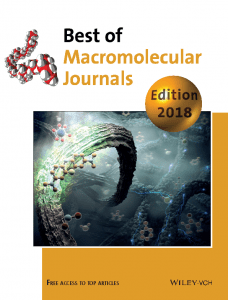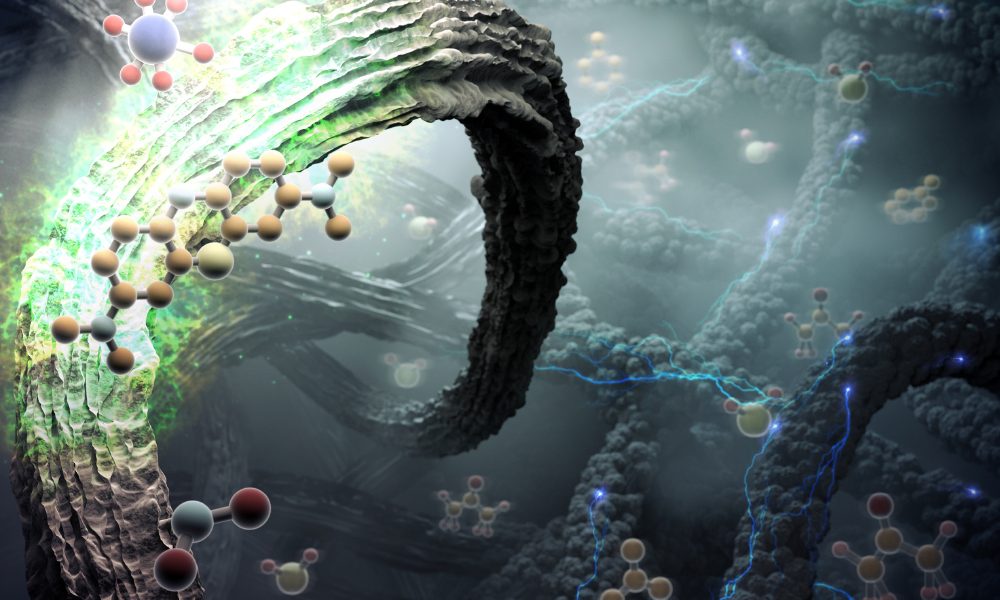Each year, the editors of Wiley’s Macromolecular Journals select the best content published in the journals to be featured in a special collection, the Best of Macromolecular Journals. You can find all articles here. All articles are free to access online in 2018.
We would like to thank all contributors to this wonderful collection and hope you will enjoy reading these articles  as much as we did.
as much as we did.
Here is a taste of what is waiting for you:
The synthesis of highly defined macromolecules enabling function and complex chemical processes, such as the replication of DNA in biological systems, is until today an unreached goal of synthetic polymer chemistry. In their review in Macromolecular Rapid Communications, Michael A. R. Meier and co-workers describe different synthetic strategies towards sequence‐defined, monodisperse macromolecules and critically evaluate different approaches regarding yields, scalability, and the achievable level of control.
High‐volume production of monodisperse droplets is of importance for industrial applications. In their paper in Macromolecular Chemistry and Physics, André R. Studart et al. report on a scalable microfluidic step emulsification chip that enables production of monodisperse functional materials in large-scale.
M. Haddleton, T. Velkov and co-wokers developed an on-wound biodegradable hydrogel to treat burn wound infection in a paper published in Macromolecular Bioscience. The combination with antimicrobial colistin can achieve a localized delivery, reducing its systemic toxicity while providing a comfort wound-healing environment and preventing further infection.
In their recent overview in Macromolecular Materials and Engineering, R. C. Advincula and co-workers review 3D Printing of Polymer Nanocomposites via Stereolithography. They explore the challenges SLA faced in its shift from rapid prototyping to rapid manufacturing, in for example parts performance and printing speed.
Eduardo Vivaldo‐Lima and co-workers in a paper published in Macromolecular Theory and Simulations have developed a mathematical model for superacid-catalyzed step‐growth polymerizations. Ultrahigh molecular weights at stoichiometric imbalance ratios smaller than 1 could be adequately explained.
Macromolecular Reaction Engineering has published a paper on reactor fouling caused by preformed latexes. José M. Asua and co-workers were able to develop a mechanism for fouling formation by combining computational fluid dynamics and experimental results.

















